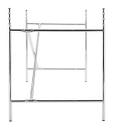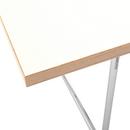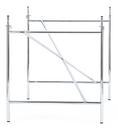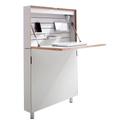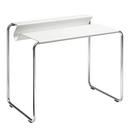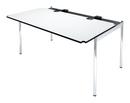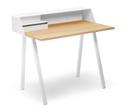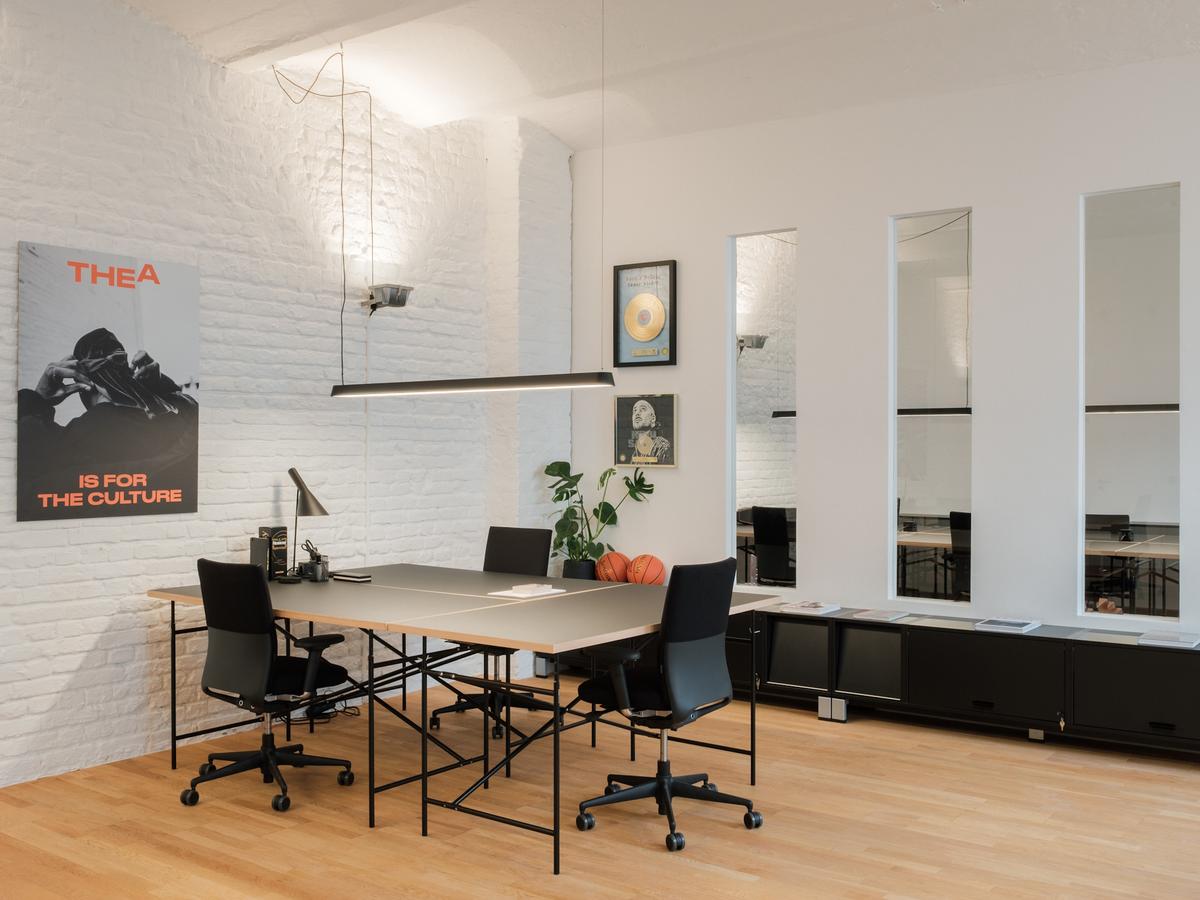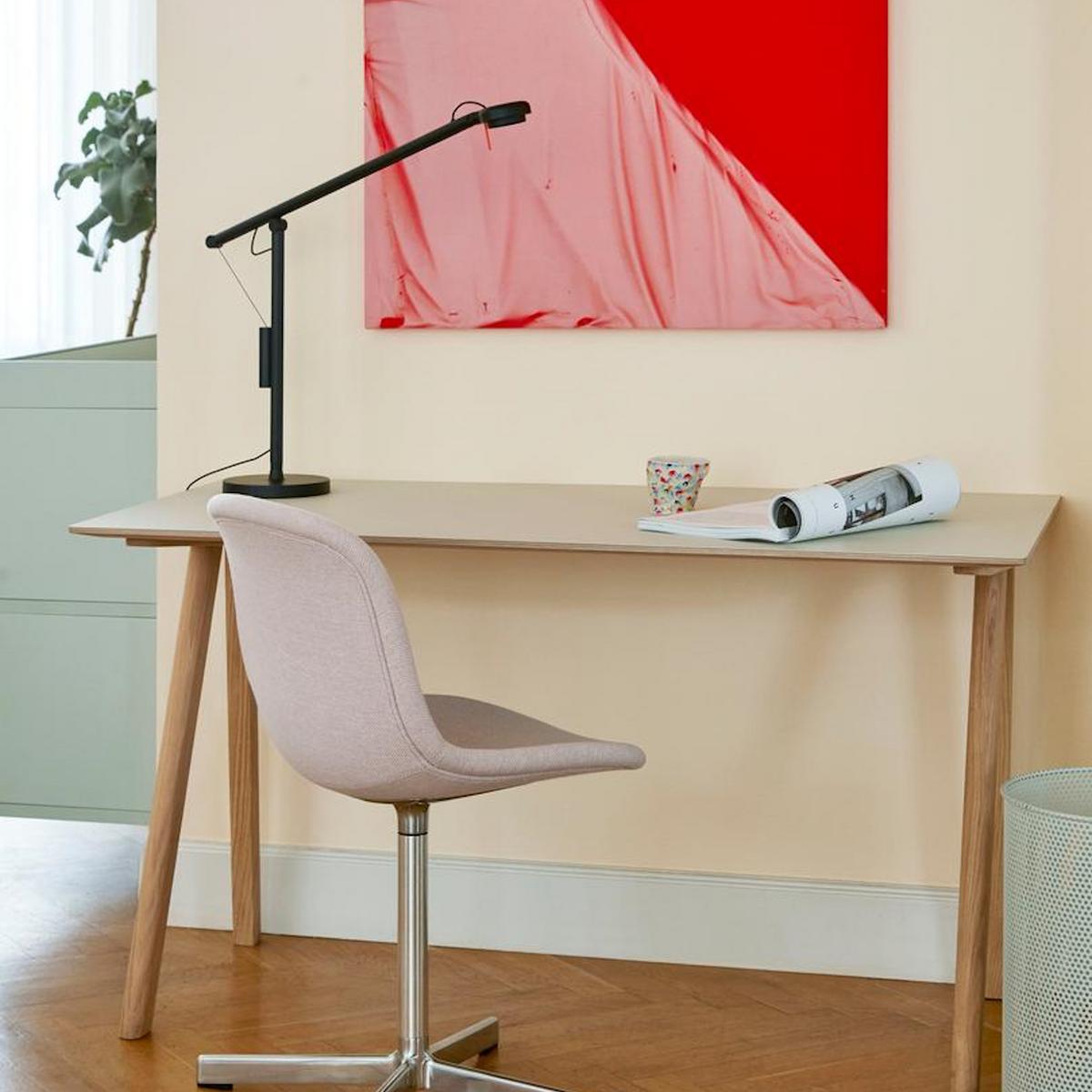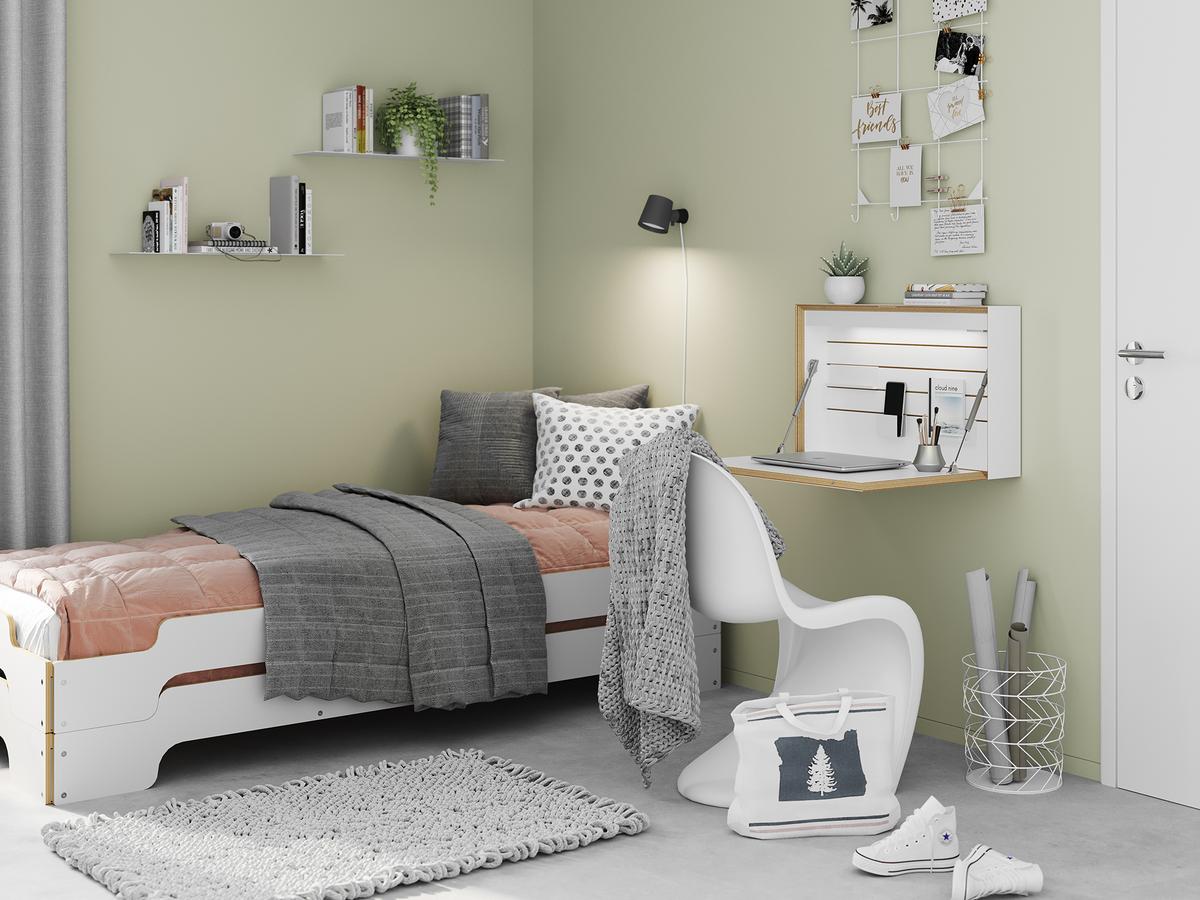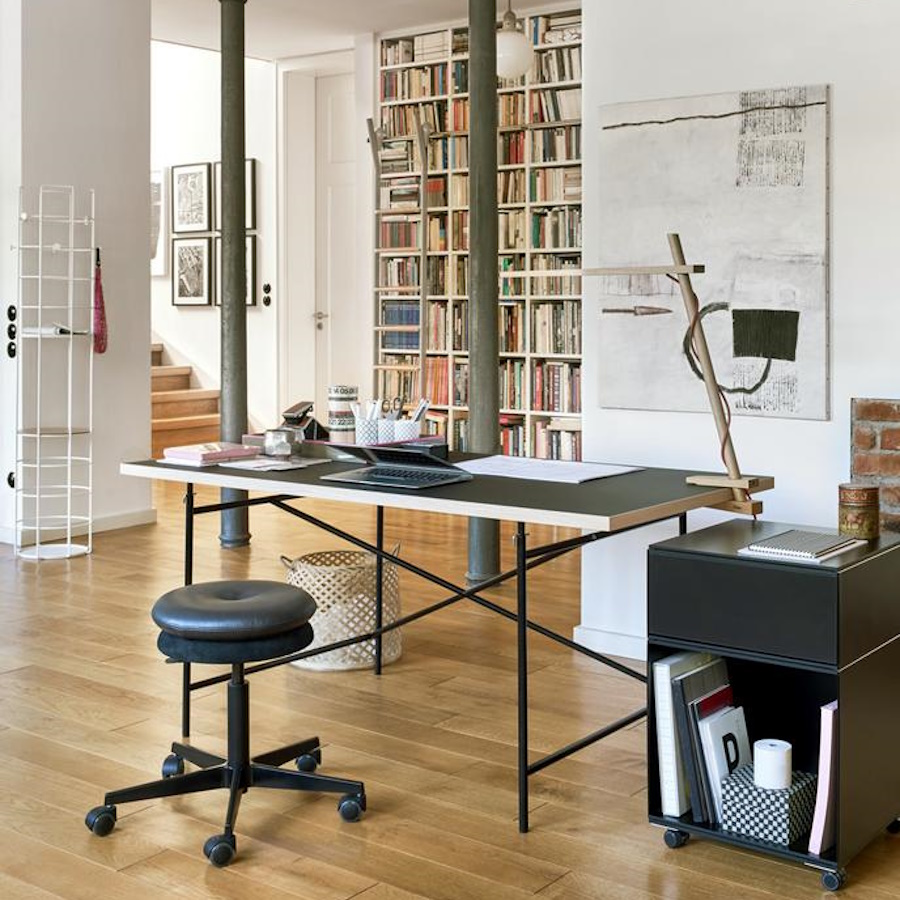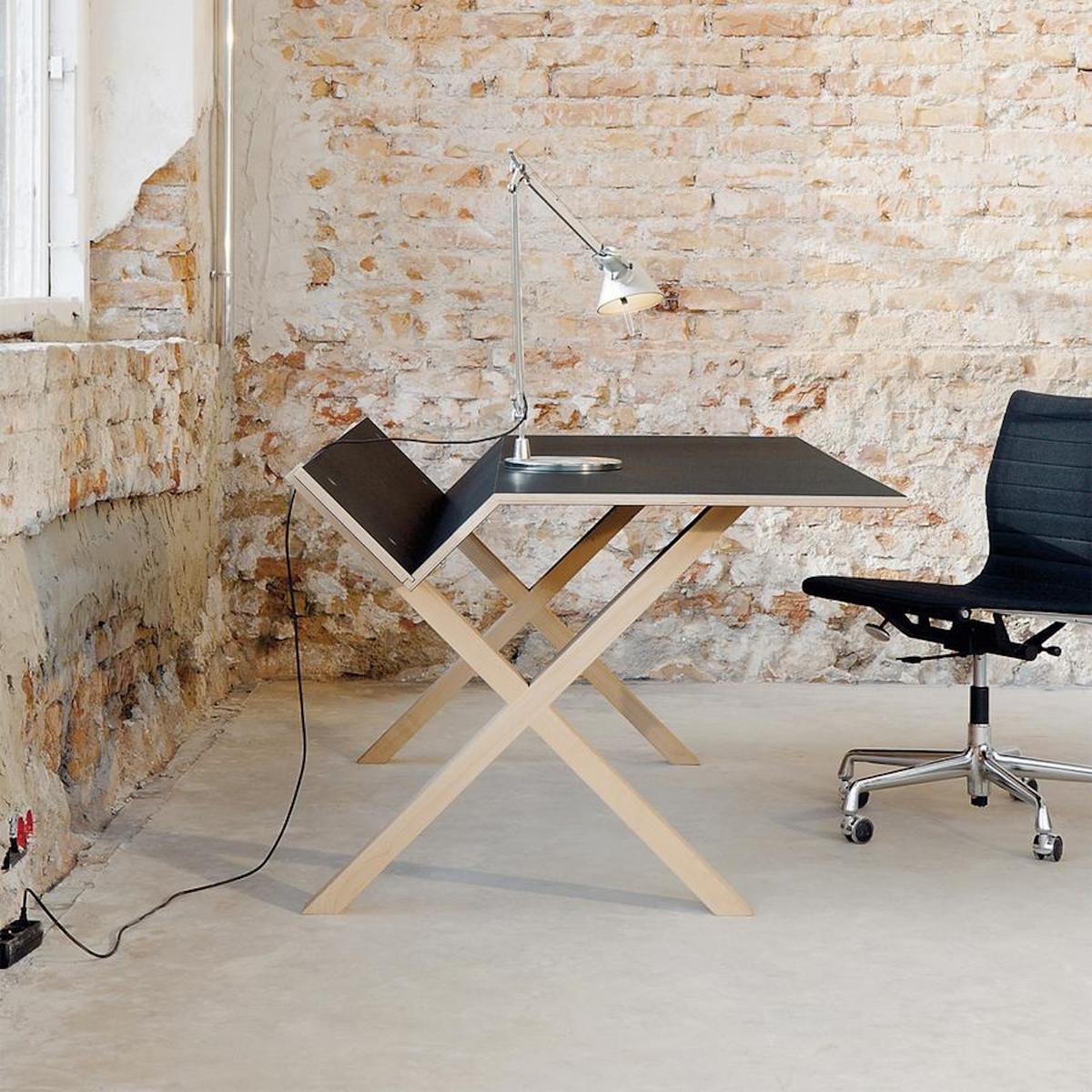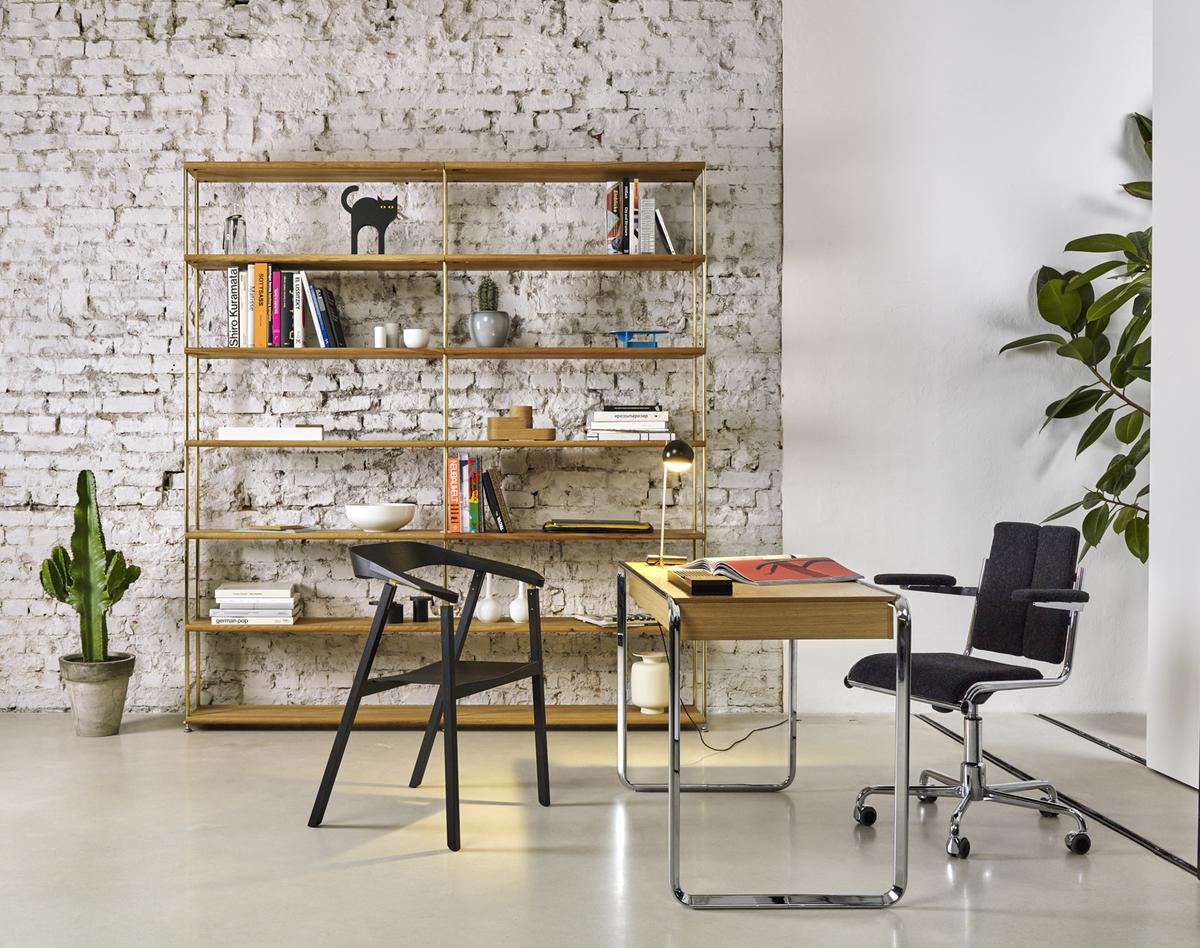The correct size and height of your desk - some important points to consider!
Correct sitting posture at work is crucial for well-being and performance. In addition to an ergonomic office chair, the correct height and size of the desk are therefore basic requirements for ergonomic and concentrated work.
The optimal desk height
The correct desk height is a decisive factor when purchasing a desk: the incorrect height can lead to physical ailments such as back pain, neck strain and even long-term health problems. The ideal desk height depends on your individual body size and sitting position: ideally, the desk should be adjusted so that the upper arms are parallel to the floor and the forearms form a 90-degree angle at the elbow when using the keyboard.
Wrists should be in a neutral position to minimize strain. As a rule, the height of a conventional desk is around 72 centimetres. To ensure an ergonomically favourable sitting posture, the height of the desk chair should be adjusted accordingly. In some cases, the use of a footrest can also be helpful to achieve optimal positioning.
Height-adjustable desks
A height-adjustable desk is an excellent option as it allows the height to be adjusted depending on your height, working position and needs. The exact adjustment of the desk height to the individual body structure ultimately helps to promote a healthy and comfortable way of working and prevent potential health problems. Height-adjustable desks like the Hilow 2 can be straightforwardly adjusted electronically and thereby used as a standing or sitting workstation.

Height-adjustable desk Hilow 2 from Montana
The correct desk size
The correct desk size is crucial for an efficient work environment. The work surface should provide enough space for materials while maintaining freedom of movement; whereby crucial is what work is to be done at the desk and how much stress is placed on the workplace. Before you buy, clarify how much space your computer or laptop and desk lamp will take up. The length of the desk should comfortably accommodate your work utensils, while the width depends on your individual work requirements. If you only work on a computer, your desk may be narrower than if you also need books and notes for work. And always remember to have enough storage space to keep things tidy. You can conveniently store your work materials on shelves, trays and compact containers around the desk.
Office desk features to increase your efficiency
Contemporary office desks offer a number of innovative features and intelligently detailed solutions that can help increase your efficiency in the workplace, help you make optimal use of your working environment and increase your productivity, including, for example, special storage space solutions and the seamless integration of technology and accessories.
Smart storage solutions for an organised work environment
A tidy workplace contributes significantly to efficiency. Our office desks offer smart storage solutions to help you stay organised with everything you need close at hand. Discover clever drawers, compartments and shelves that allow you to store your work materials in an organized manner and therefore work more productively. The USM Haller desk on wheels, for example, can not only be easily moved but also has practical pull-out drawers and various compartments. The Kant desk by Nils Holger Moormann offers a particularly original storage space solution: the fold in the back of the desk top serves as a practical storage space element.
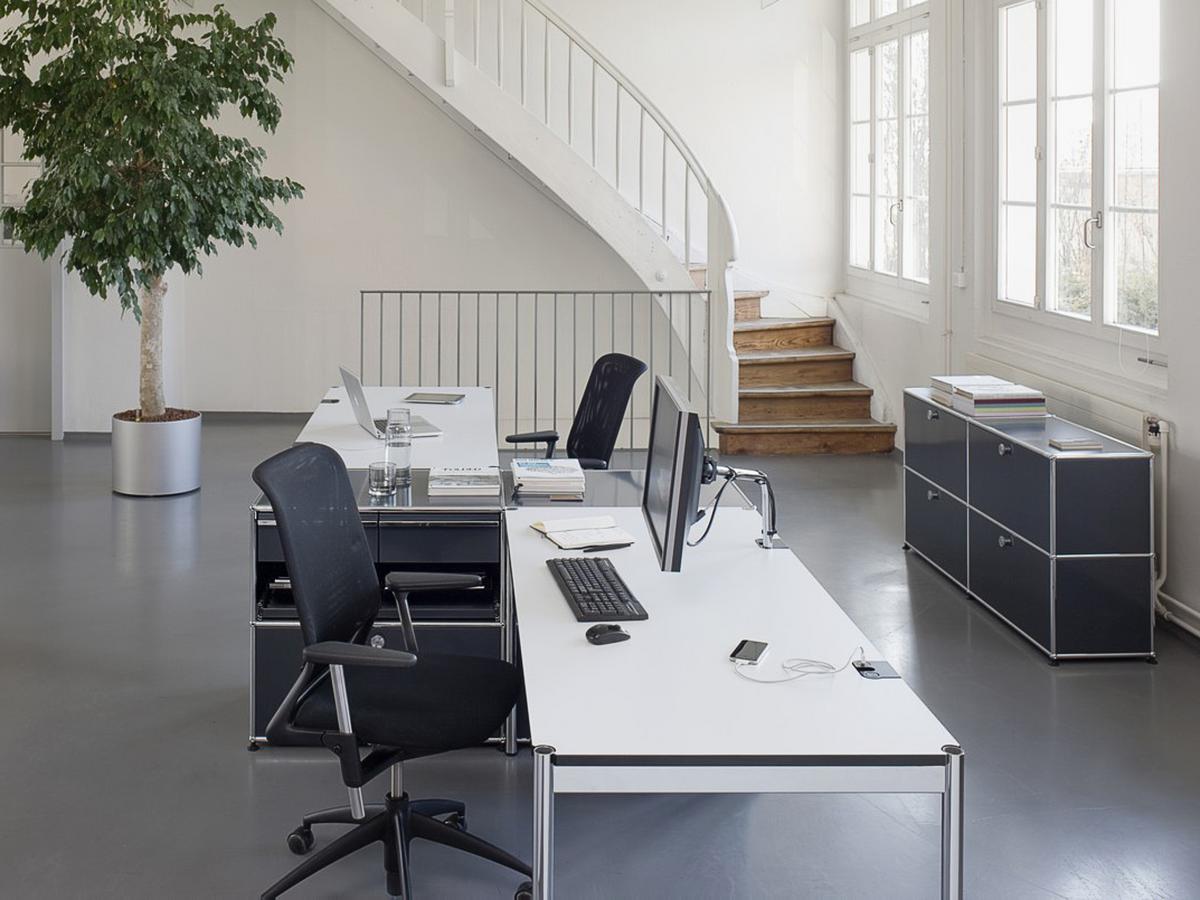
Storage space and lasting design: USM Haller table Advanced with cable tray and 2 adaptation points for lamp or screen
Cable management and technology integration
Integrating technology into the workplace is essential these days, therefore many contemporary office desks are equipped with advanced cable management that prevents cable clutter and aesthetics. Pioneers in the seamless integration of technology are the USM desks USM Haller table Plus and USM Haller table Advanced, which have intelligent adaptation points for technical accessories and smart cable routing.






















